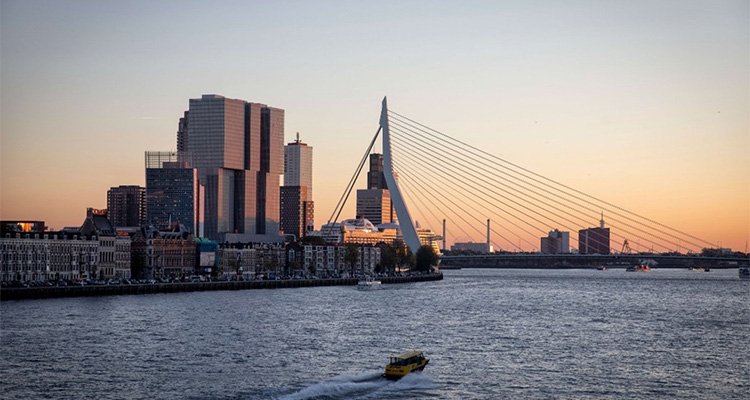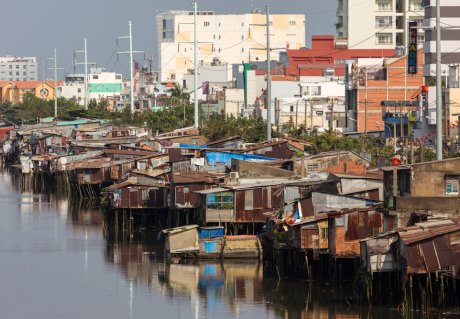
Project
RED&BLUE: Real Estate Development & Building in Low Urban Environments
Within RED&BLUE, WUR aims to assess current law, planning, and policy mechanisms to understand how responsibilities for climate risk management are distributed and the way formal and informal rules are applied, changed and developed by actors that are dealing or confronted with climate risks.
Background
Changing climate risks (like rising sea levels, land subsidence, and more frequent extreme weather events) and sustained urbanisation in low-lying regions will create new and worsened pressures on Dutch urban-environmental systems. These pressures have significant implications for how the Netherlands manages real estate re/development, infrastructure investment, economic stability, and environmental systems, with far-reaching societal implications.
However, today’s real estate climate risk management strategies are fragmented and emergent. Public and private sector strategies are unattuned and may be at odds with each other. Without further elaboration and careful integration, current approaches may create new, additional, and unexpected disruptions for cities, economies, and societies at large. New approaches are urgently needed to anticipate and mitigate these disruptions if we are to realise an equitable climate transition in the Netherlands.
We aim to develop, test, and promote integrated climate risk management strategies that secure the resilience of existing and new real estate and infrastructure development in the urbanised delta of the Netherlands.
WUR is responsible for the work package on governance.
Our project within RED&BLUE has the following four objectives:
- Analyse existing governance arrangements on climate risk management including the formal and informal divisions of responsibilities between public and private actors within those arrangements;
- Explore equitable and efficient governance arrangements that could enhance climate resilient infrastructure and real estate assets;
- Analyse how public and private actors respond to the explored governance arrangements aimed at enhancing climate resilient infrastructure and real estate assets;
- Co-create effective and equitable governance arrangements for organizing joint responsibility for climate resilient infrastructure and real estate assets.
